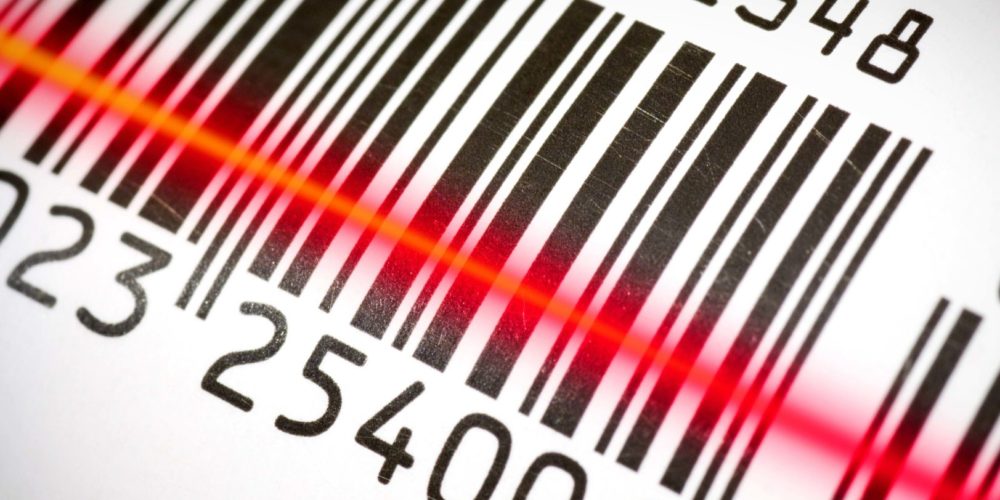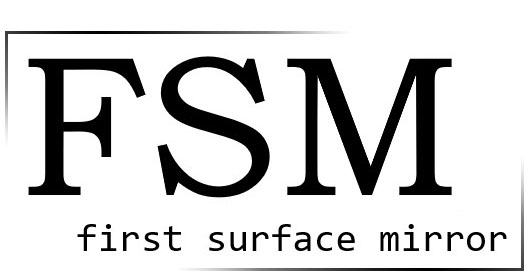Every day we use barcodes. Whether this is at the store, scanning a code on your phone, shipping and receiving, even on invoices! In this article, I am going to explain how a barcode scanner works. As well as the meaning behind a barcode itself, and everything between!

Fundamentals of a Barcode Scanner
When you go to the self-checkout at a grocery store, you are scanning the barcode on your product. What scans this is a barcode scanner. This is s optical machine that reads the series of numbers, and lines on the barcode. The spaces in between the lines on the barcode, mean something as well.
The code that you see as the barcode means a lot. You will notice that it has twelve numbers below the lines. The first six numbers are the manufacture identification numbers. After those six, comes the next five. These are the product’s item number and this represents the product. The last number is the Check Digit. This is what enables the scanner to see if the code was scanned properly.
The Breakdown
A barcode scanner consists of three parts. These include
- The Sensor
- The Decoder
- Illumintion System
In short terms, a barcode scanner simply scans the white and black text with a red light. This is then converted into matching text. The text is then sent to the decoder. This then sends a message to the software and this is where all the information is then stored.
Different Varieties
UPC
The UPC barcode is a Universal Product Code. These are usually found at grocery stores, and other places in which you can buy products. You will mostly see these more than other barcodes.
Code 128 uses both alphabetic and numeric characters. This is a barcode in which most places use for tracking packages, which as FedEx and UPS. You may also see them in the food process industry, apparel, and drug/medical industry.
QR Code
You may have used many QR Codes! These are popular among Fast food chains when you scan the app for a coupon. As well as
- Traveling
- Books
- Social Media
- Coupons
- Movie Tickets
- Concert Tickets
And so much more! QR codes are very popular with cell phones, and easy to get ahold of. They are even simple to make!
How Barcode Scanners Have Improved Businesses
Barcode Scanners and barcodes have changed the way that large companies mass product, ship, and sell their products. Rather than companies having to spend hours, and days keep track of the products, they can simply scan the code within seconds. This has sped up product volume.
Not only have barcodes and scanners changed produced, but it has also changed the way inventory is taken. Rather than going through all of the inventory with a pen and paper and writing everything down. They can simply use a barcode scanner, scan the code, and the inventory will automatically be sent to the system for an automatic count.
The Key Component of a Barcode Scanner
The key to a barcode scanner is the glass. If you look closely behind the protective window of a barcode scanner, then you will see the optics inside. This includes a First Surface Mirror. This is a high-precision ultra-flat mirror with a coating on the face of the glass to ensure accuracy. A standard mirror wouldn’t work as well since it has a double reflection, also known as ghosting.
With the high precision provided by the optical mirror, the scanner can read the barcode quickly and accurately from all angles. That’s a huge benefit to customer satisfaction, preventing frustration from items that won’t scan or double scan. Additionally, a time delay that is programmed into the software, helps prevent the double scan.
The imager takes a picture of the barcode, decodes it, and then outputs the data as a string to a host system for storage or further processing. Though to read the barcode, the imager needs to “see” the entire code. However, the imager can’t always be properly positioned directly in front of the barcode due to limited space in the interaction environment.
The best way to combat this, single or multiple bounce mirrors can be implemented to shape the imager’s “line of sight” to the barcode.
